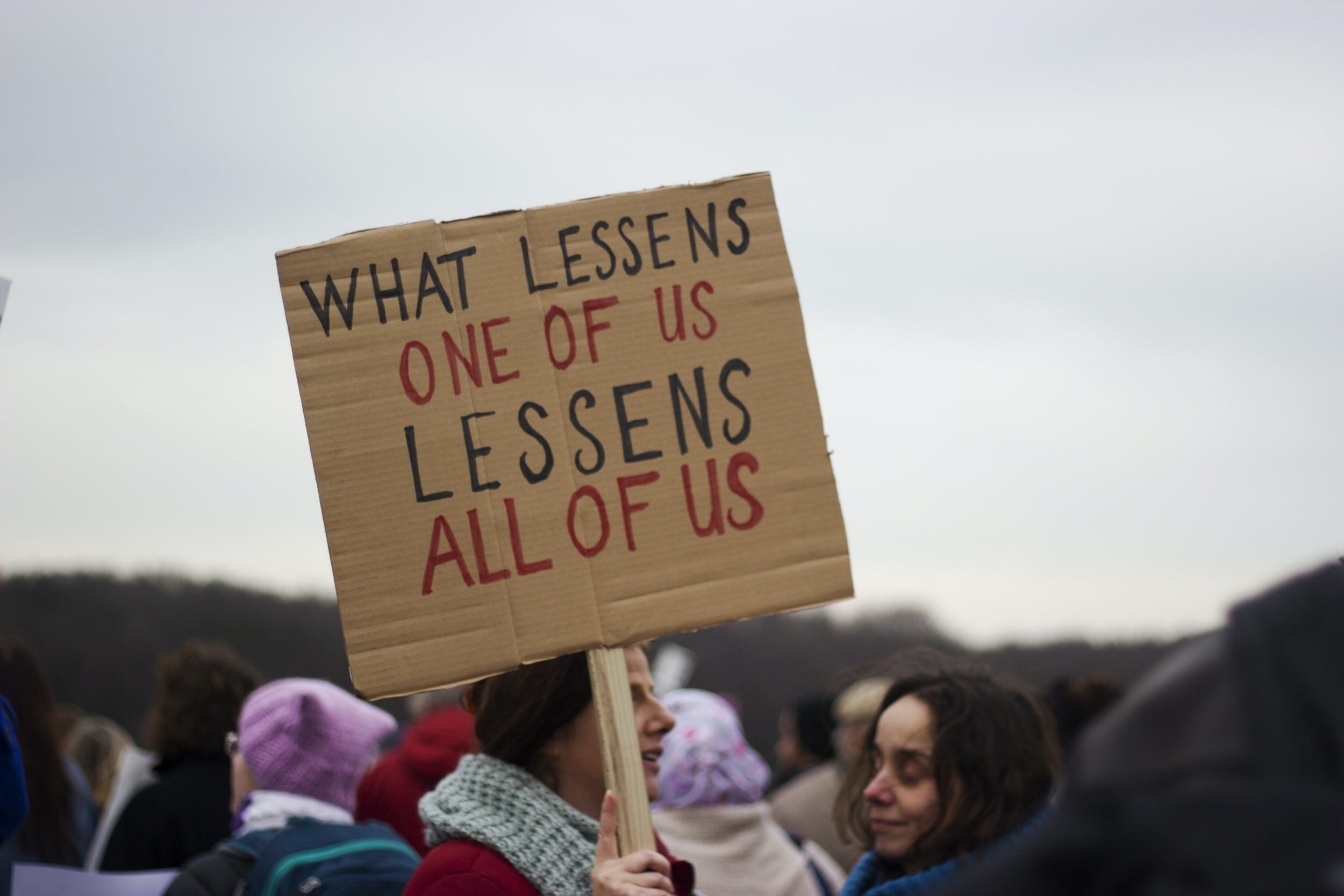
Female representation in leadership is necessary for women’s rights and interests to be spoken for.
Women have consistently been left out of the conversation for far too long, and this year is no exception. Although considerable strides have been made in the representation of women, the COP26 does not seem to want to sustain this progress. Currently, less than 25 % of prominent positions in the leadership team of the COP26 are held by women. It is imperative to acknowledge that climate change is a women’s issue, as they are part of the most vulnerable individuals in the fight against climate change. There are many reasons as to why women and girls are disproportionately affected by climate change but these are often because of social constructs: roles and social status that women are attributed to based on tradition or other factors within societies. Approximately 80 % of women are displaced by climate change. Nonetheless, women have shown to be leading the way towards creating innovative sustainable solutions to climate change. Moreover, women have revolutionised the well-being of many, as well as increased climate resilience across many sectors, so why are they not represented where it matters?
No more Little Women: The Women Leading Climate Justice in the Global South
A new campaign has been formed, SHEChangesClimate, where around four hundred female climate leaders and activists have signed an open letter to the British Government to campaign for the lack of women in leadership at the COP26 summit in November 2021. They are demanding that women’s voices, interests, and perspectives be fairly presented at the leadership level as well as calling out the current president of the COP26, Alok Sharma in order to address the male-dominated and gender divisions in climate. The open letter also demands greater accountability and transparency when it comes to gender equality at such events as the COP26 and aims to achieve a 50:50 split of men and women in its top-level leadership team in the United Kingdom.
Sustainable Farmers and Growers series: eco-nnect in conversation with Xanthe Gladstone
The 2020 SHEChangesClimate was founded with the intention of having diverse boards and leadership teams as it has been shown that these are better at governance, negotiation, and overall achieve better results by making more inclusive decisions. When it comes to climate change, it is not only about nations being represented but that every single citizen is. Climate change is not only a women’s issue but we need to understand that a lack of female representation will restrain the steps that can be taken to tackle the climate crisis, the recognition of this disparity is not enough, effective action includes working to include women’s voices in policymaking and in positions of leadership. According to the UN, the average representation of women in national and global climate negotiating bodies is below 30%. This open letter is a call to action on all climate change bodies, governments, campaigners, and activists. Women must be a part of the solution.
You can find the open letter here.
Sources :
- “Climate Change and Gender Equality: United Nations Educational, Scientific and Cultural Organization.” Climate Change and Gender Equality | United Nations Educational, Scientific and Cultural Organization, www.unesco.org/new/en/natural-sciences/priority-areas/gender-and-science/cross-cutting-issues/climate-change-and-gender-equality/.
- Halton, Mary. “Climate Change ‘Impacts Women More than Men’.” BBC News, BBC, 8 Mar. 2018, www.bbc.com/news/science-environment-43294221.
- “Gender and Climate Change.” IUCN, 5 Dec. 2018, www.iucn.org/resources/issues-briefs/gender-and-climate-change.
- She Changes Climate, www.shechangesclimate.org/.













